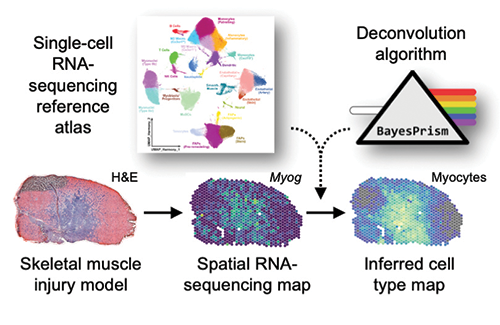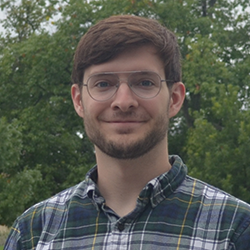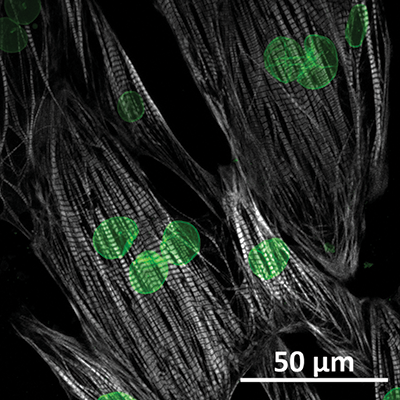
Stem Cell Symposium
Enhancing knowledge through cross-campus exchange.

In June 2021, the Cornell Stem Cell Program held its 8th biannual Stem Cell Symposium, an event intended to stimulate exchange of experience with researchers outside of Cornell, enhance interactions within Cornell, and promote education in stem cell research.
The virtual event featured scientific presentations by distinguished invited speakers on the latest advances in stem cell biology, and included prominent talks reflecting on how bioengineering has improved our understanding and use of stem cells in regenerative medicine.
Co-organized by Meinig School assistant professor Ben Cosgrove, the symposium featured Dr. Timothy Downing from the University of California at Irvine, who spoke on synthetic biology approaches to investigate how the epigenome can be regulated for cell and tissue engineering.

Several Meinig School trainees were also selected to present their research at the event, including Dr. Elizabeth Moore (a postdoctoral fellow in professor Claudia Fischbach-Teschl’s lab) and Paula Petrella (a Ph.D. candidate in professor Cosgrove’s lab). Each described their bioengineering approaches to reveal how breast cancer evades chemotherapy treatments. Xi Wang (a Ph.D. candidate in the lab of professor Minglin Ma, a BME field member) discussed her approach to encapsulate stem cell-derived pancreatic beta cells in a nanofibrous encapsulation system for the treatment of type 1 diabetes. David McKellar (a Ph.D. candidate in professor Cosgrove and professor Iwijn De Vlaminck labs) won the 1st place award for best trainee talk, for his presentation on single-cell genomic methods to elucidate the variation in stem cells found in skeletal muscle tissues through the construction of open-access database resources.

The Cornell Stem Cell Program is jointly supported by the Cornell College of Veterinary Medicine, the College of Engineering, and the Office of the Vice Provost for Research, as well as the New York State Stem Cell Science (NYSTEM) Board. In contrast with many stem cell biologists who use traditional genetic and molecular biology tools, stem cell bioengineers incorporate tissue engineering, systems biology, and computational modeling into their approaches to glean a more integrated understanding of how stem cells function in health and disease.

